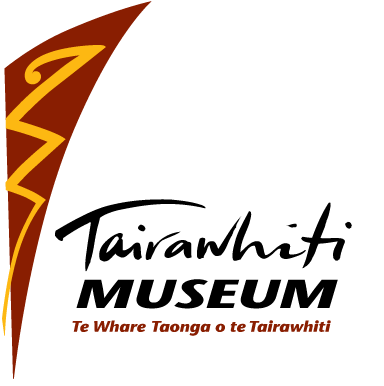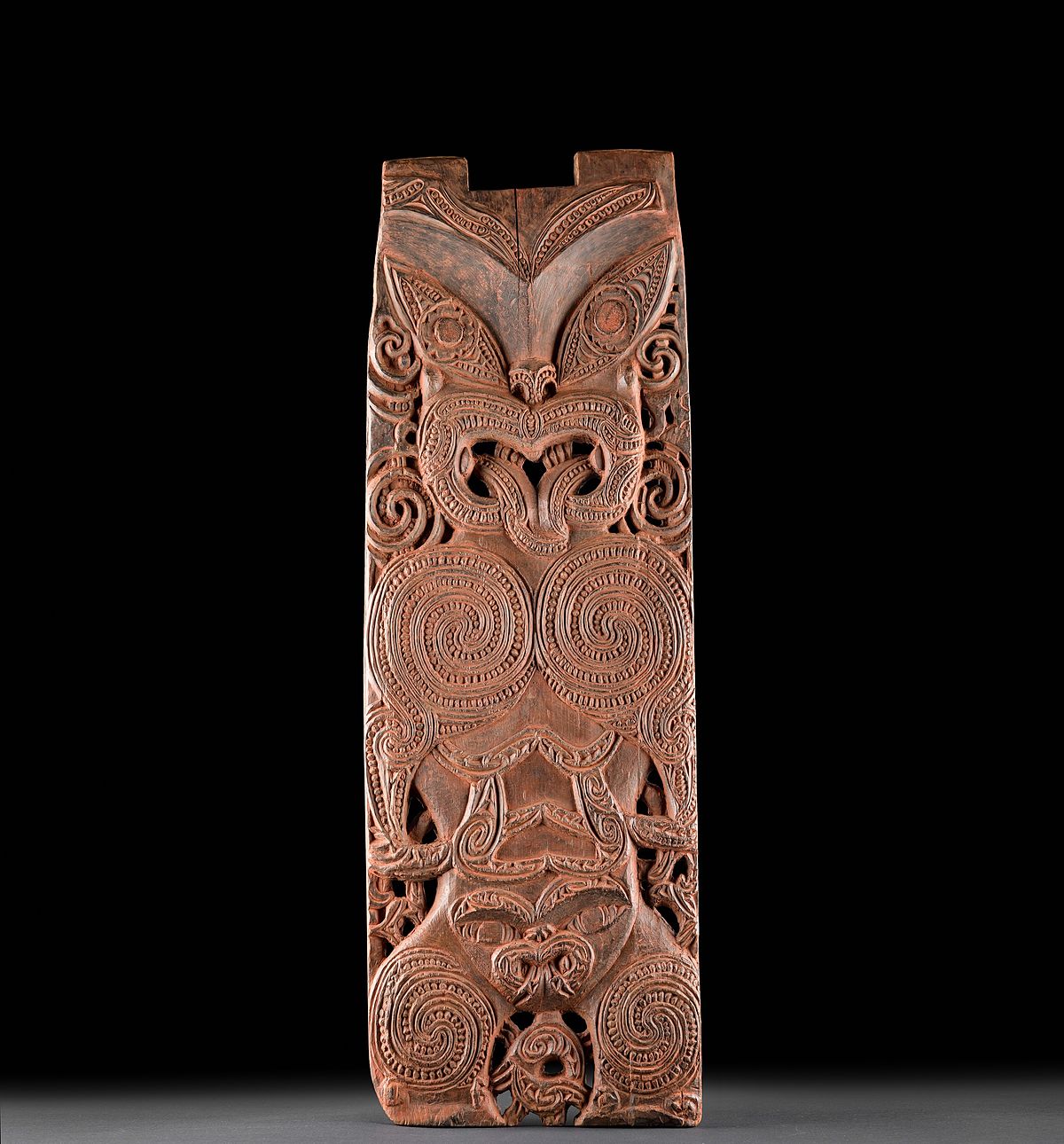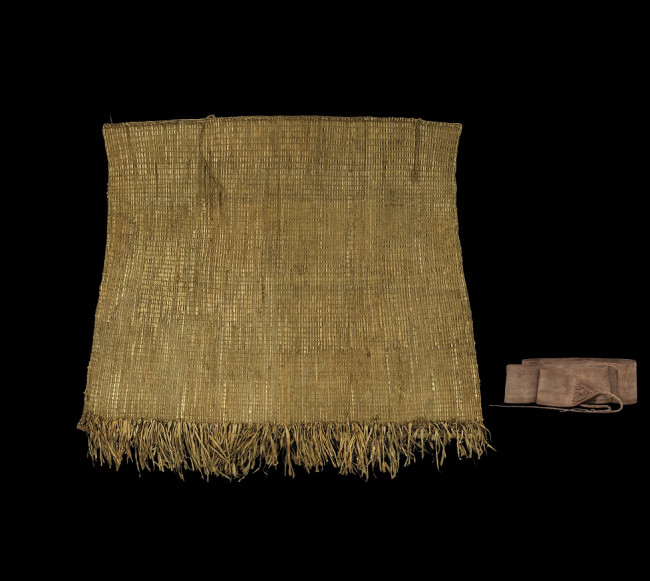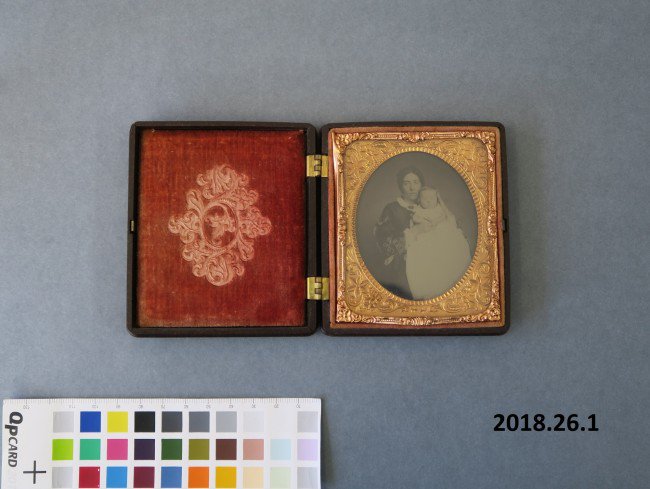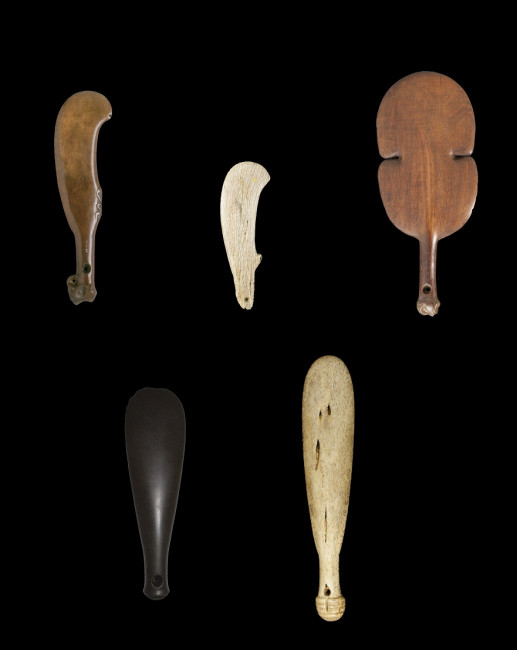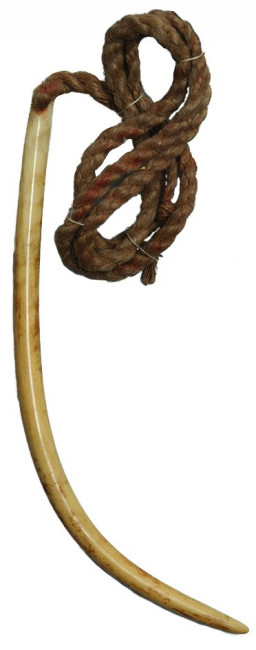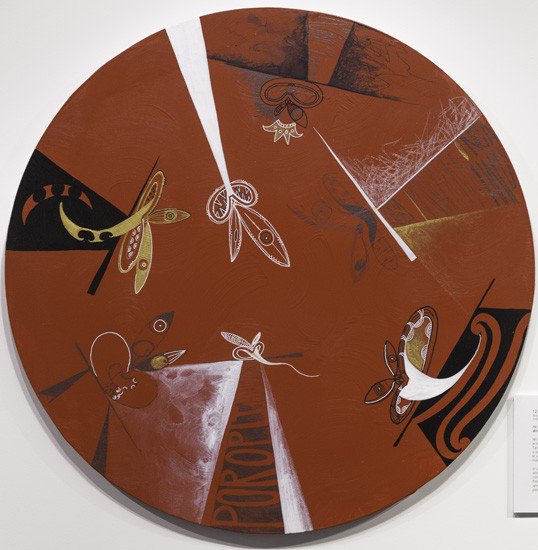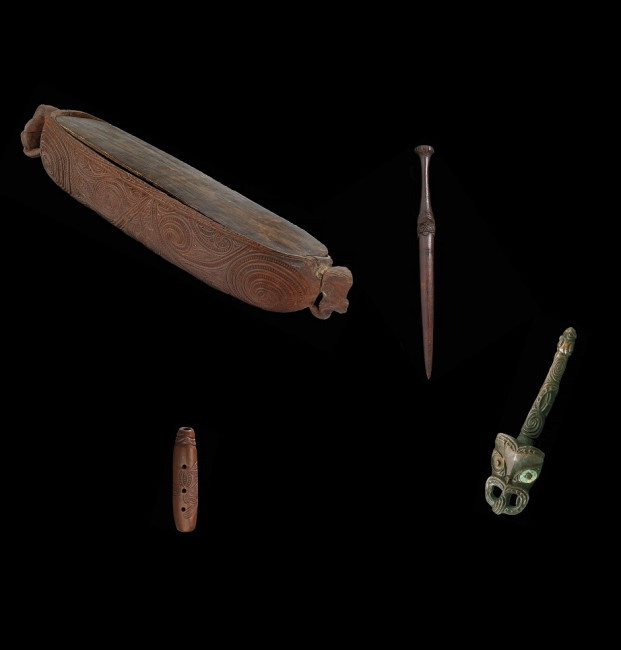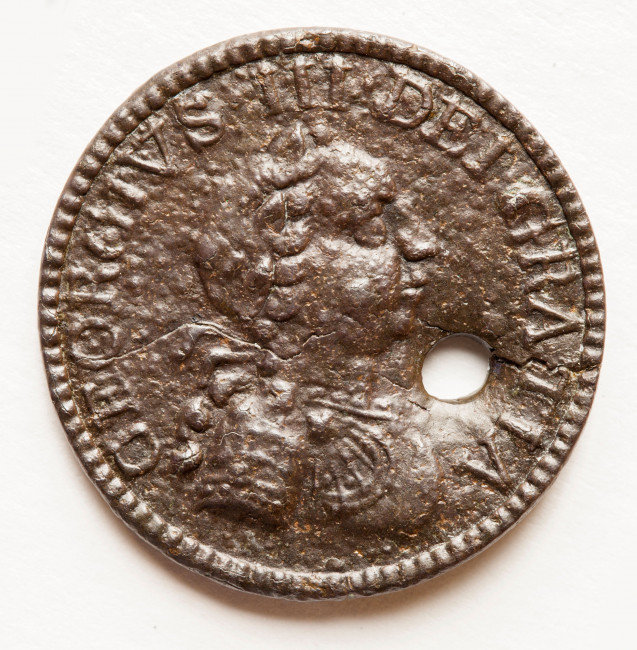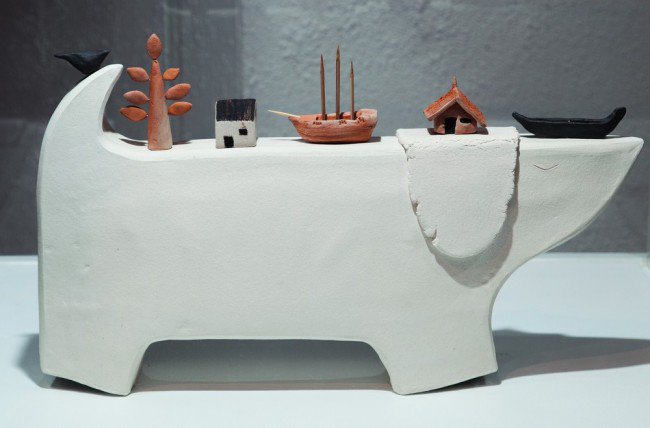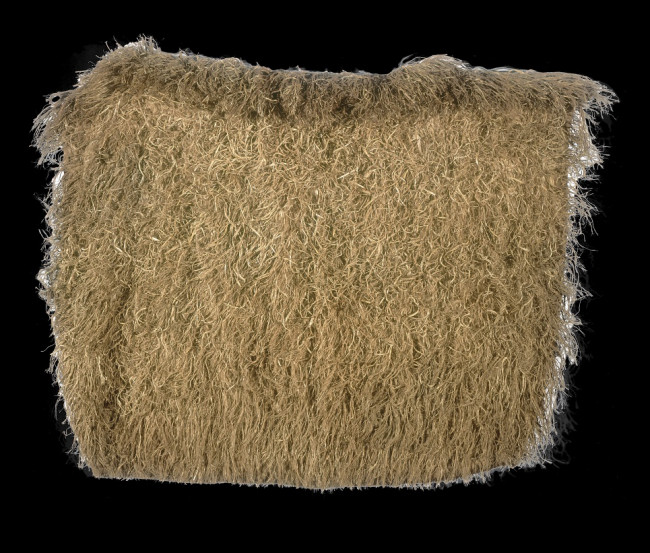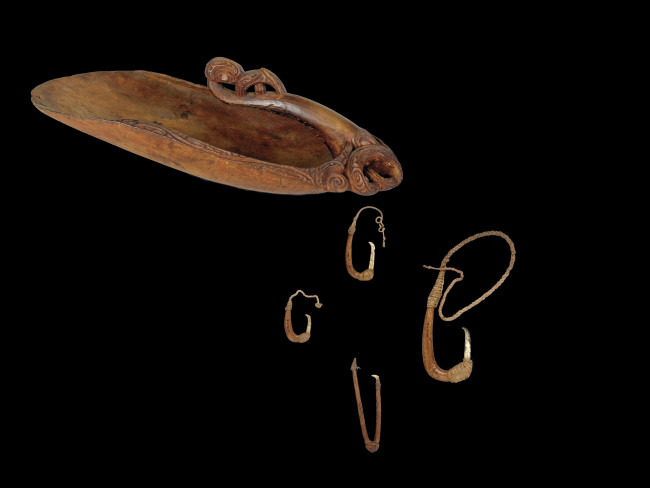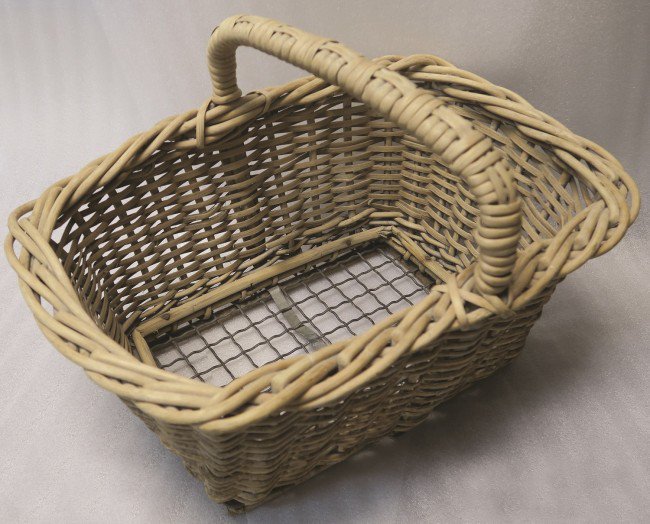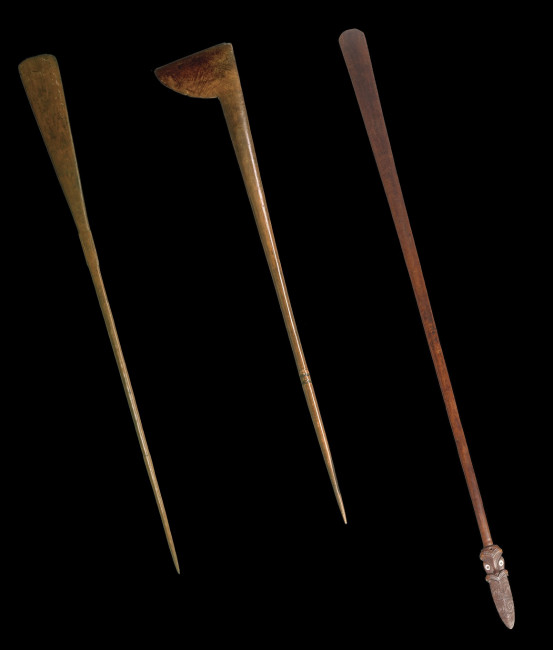Hinematioro
Rākau Wood
Te Pou o Hinematioro
He taonga nui whakaharahara tēnei pou o Hinematioro ki te iwi o Te Aitanga a Hauiti, nā te mea nā Hinematioro te taonga nei. Kua whakairohia tēnei taonga ki te momo tārai o Iwirākau, i takea mai i Te Whare Wānanga o Te Rāwheoro.
I te tau 1769, i kohaina e Hinematioro te taonga nei ki ngā tāngata o te Endeavour, i tō rātou haeretanga atu ki tōna whare i te motu o Pourewa.
I tū ake tēnei pou hei tauira mō te momo tārai o Te Aitanga a Hauiti, ā, koia tētahi o nga whakaaturanga matua i te Whakakitenganui o Banks i Bonn. He taonga taurewa tēnei nā Te Whare Taonga o Tubingen University, i Tiamani.
Te Pou o Hinematioro
The Hinematioro Pou is significant to Te Aitanga a Hauiti because it is associated with the ancestress Hinematioro and is carved in the Iwirākau tradition known to have emerged from Te Whare Wānanga o Te Rāwheoro.
In 1769, as members of the Endeavour visited Pourewa Island, they were gifted a pou from the house of Te Aitanga a Hauiti Ariki, Hinematioro.
The pou was recognised as an example of the Hauiti carving style and was a centre piece in the Banks Exhibition in Bonn. The pou IS here on loan from Tubingen University Museum, Germany.
Hinematioro – He Ariki
Ko Hinematioro te ariki tapaiuru o tōna iwi. Kua rongonui a ia mō te tiaki i ngā rawa, me te manaaki i tōna iwi. Hōrapa tōna mana i te tai whakarunga, i te tai whakararo. Ko tōna mana i tuku iho mai i tōna pāpā a Tānetokorangi, he mokopuna nā Konohi te rangatira o Whāngārā, rāua tahi ko tōna kōka a Ngunguruterangi, he mokopuna tuarua nā Rerekohu.
I mōhiotia whānuitia e ngā Pākehā tuatahi ki Aotearoa ko Hinematioro te “Kuini o te Tairāwhiti ”. He kōtiro whai mana a ia i te taenga mai o Kuki.
Hinematioro – He Ariki
Hinematioro was without peer in her lifetime. She was known for her fair management of resources and administered kindly to her people. Her influence went beyond Tairawhiti and her stature of Ariki was recognised throughout the land. Her mana and tapu descended from her father Tānetokorangi, a grandchild of Konohi, the principle rangatira of the Whāngārā area, and her mother Ngunguruterangi, the great-granddaughter of Rerekohu.
She was considered by the early European settlers to be the “Queen of the coast” and evidently was a young woman of great power and influence when Cook arrived.
On loan from Tubingen Museum
Tū te Whaihanga Showcase 9
Tātua belt Kahu kurī dog-skin cloak
Ambrotype, possibly of Lucy and her daughter Ida Tiffen
The museum is offered many interesting items for the collection over the course of the year. Often they are seemingly ordinary, everyday objects, but what makes each of them special and worthy of collecting is the wonderful stories they can tell us about our region’s history. This wicker basket is certainly one such object. This basket was used by William Hamilton (known as Ham) Hannah (b. 1920, d.1967) to deliver bread for Walter Findlay’s Bakery in the 1930s. Ham would have delivered bread around Gisborne by horse and cart. A few people out there may remember having bread delivered by him, perhaps using this basket! Ham served as a Driver in the Army Service Corps in the Second World War and continued to work as a driver when he returned to Gisborne after the war. In the 1960s, he was the Custodian at Churchill Park. He was married to Sarah (Sadie) and they had four children. We would like to thank Julie Hannah for gifting her father-in-law’s breadbasket to the museum.
Ham and two of his four children, Kevin (left) and Gareth (right), posing in the basket in the garden of the family’s home.
Walter Findlay’s advert, The Gisborne Herald, 20 October 1941
Tū te Whaihanga Showcase 2
Patu ōnewa weapon Wahaika weapon Patu Parāoa weapon Kotiate weapon
Aurei
Aurei cloak pin Rei-puta, muka harakeke Whalebone-tooth, flax fibre
Hamuera by Erena Koopu
Hamuera by Erena Koopu, 2018 Acrylic and graphite on canvas, 710mm diameter This work by Erena Koopu was part of the exhibition Hei ō Mō Apanui | Iwi Sustenance held at Tairāwhiti Museum in 2018 and purchased by the Friends of Tairāwhiti Museum for the collection. He waiata a ringa (an action song) Performed by Te Kapa Haka o Te Whānau a Apanui at Te Matatini in the year 2005 in Palmerston North. Nō te tau 2004 ka whakaturehia e te kāwanatanga te pire takutai moana, e riro ai te taitara o te papa moana, tōna ritenga, he muru whenua. I taua tau rā, ko Tāriana Tūria te wahine toa o Reipa kāore i tautokona taua pire, ā, ko ētahi atu o ana hoa mema Māori, i tautoko tonu. He waiata-ā-ringa tēnei e kōrero ana ki aua mema rā, kia aro ki ngā tohutohu a ngā poropiti Māori, kei reira te māramatanga e noho ana. In 2004 the Government passed the controversial Foreshore and Seabed Bill, which transferred title to the crown, and in itself is a form of modern day confiscation. In that same year, Tāriana Tūria, Māori MP of Labour crossed the floor, while the rest of her Māori colleagues remained seated. This action song speaks to those seated members, and urges them to remember the lessons of past Māori prophets, as clarity must resides in their messages.
Tū te Whaihanga Showcase 11
Kōauau flute Paepae hamuti latrine Turuturu weaving peg Waka huia treasure box
Tū te Whaihanga Showcase 8
Mētara Koroneihana a Hōri III George III Coronation medalet
Weight on the back of Te Kuri a Paoa by Peggy Ericson
The museum is offered many interesting items for the collection over the course of the year. Often they are seemingly ordinary, everyday objects, but what makes each of them special and worthy of collecting is the wonderful stories they can tell us about our region’s history. This wicker basket is certainly one such object. This basket was used by William Hamilton (known as Ham) Hannah (b. 1920, d.1967) to deliver bread for Walter Findlay’s Bakery in the 1930s. Ham would have delivered bread around Gisborne by horse and cart. A few people out there may remember having bread delivered by him, perhaps using this basket! Ham served as a Driver in the Army Service Corps in the Second World War and continued to work as a driver when he returned to Gisborne after the war. In the 1960s, he was the Custodian at Churchill Park. He was married to Sarah (Sadie) and they had four children. We would like to thank Julie Hannah for gifting her father-in-law’s breadbasket to the museum.
Ham and two of his four children, Kevin (left) and Gareth (right), posing in the basket in the garden of the family’s home.
Walter Findlay’s advert, The Gisborne Herald, 20 October 1941
Tū te Whaihanga Showcase 4
Pākē rain cape
Tū te Whaihanga Showcase 3
Tīheru/Tata bailer Matau fishhook
Ham Hannah’s Breadbasket
The museum is offered many interesting items for the collection over the course of the year. Often they are seemingly ordinary, everyday objects, but what makes each of them special and worthy of collecting is the wonderful stories they can tell us about our region’s history. This wicker basket is certainly one such object. This basket was used by William Hamilton (known as Ham) Hannah (b. 1920, d.1967) to deliver bread for Walter Findlay’s Bakery in the 1930s. Ham would have delivered bread around Gisborne by horse and cart. A few people out there may remember having bread delivered by him, perhaps using this basket! Ham served as a Driver in the Army Service Corps in the Second World War and continued to work as a driver when he returned to Gisborne after the war. In the 1960s, he was the Custodian at Churchill Park. He was married to Sarah (Sadie) and they had four children. We would like to thank Julie Hannah for gifting her father-in-law’s breadbasket to the museum.
Ham and two of his four children, Kevin (left) and Gareth (right), posing in the basket in the garden of the family’s home.
Walter Findlay’s advert, The Gisborne Herald, 20 October 1941
Tū te Whaihanga Showcase 1
Pouwhenua weapon Tewhatewha weapon Taiaha weapon
The museum’s collections are always growing and on this page we share some of the highlights. Our thanks to the donors for their support.
Donating to the collection
Visit our Donations page for more information.
Research and access
Researchers can view collections that are not on display by making an appointment with the Museum Collection Manager. Staff can also take small group tours through the collection storage facilities by appointment. Please note that staff are not always available immediately and it is advisable to make arrangements as far in advance as possible, particularly if you are only visiting Gisborne for a short period.
Researchers who are unable to visit in person can make their enquiry by email, letter or telephone
